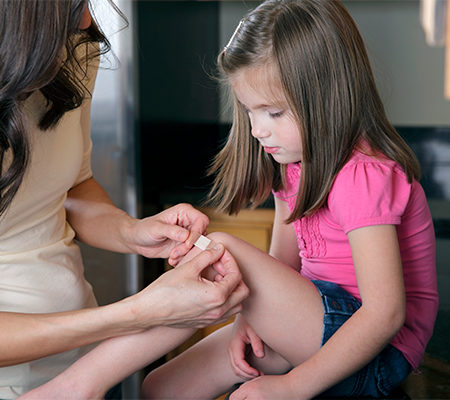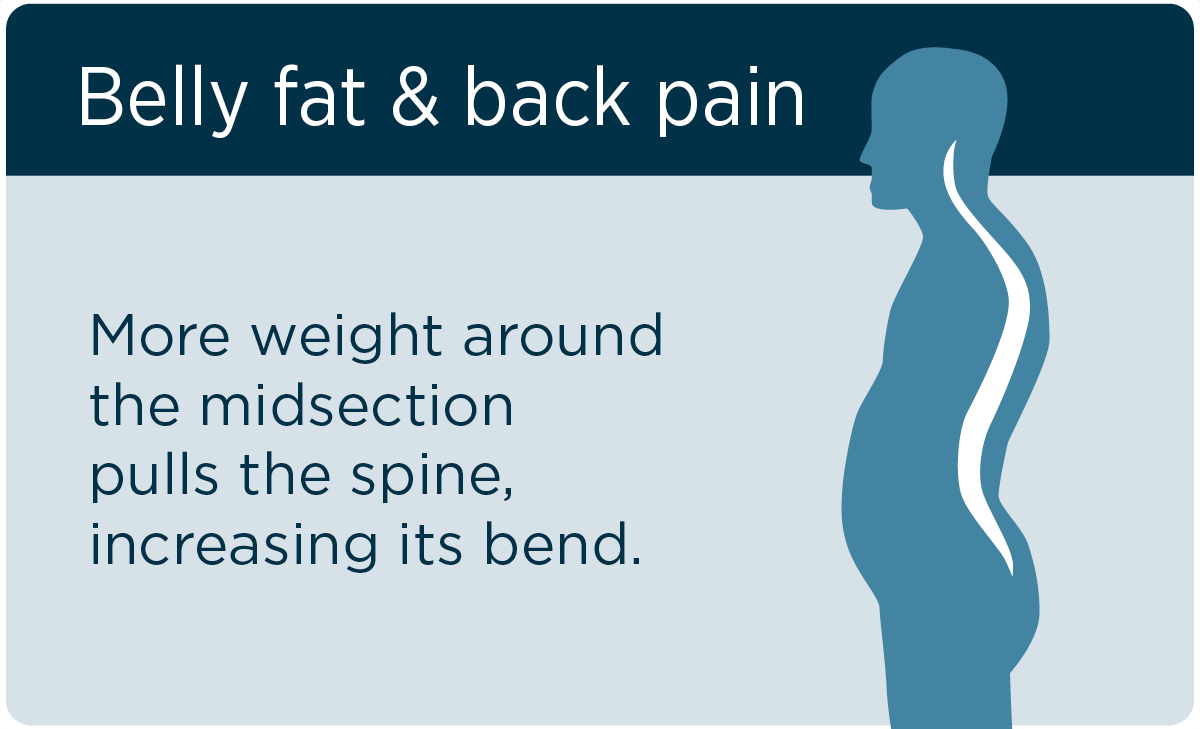Scrapes, bruises, bumps and blisters – When kids are having fun playing, riding bike, sledding or swimming, injuries can occur. As a parent or caregiver, it’s important to put safety first by having a first aid kit and knowing when to visit the doctor.
Why have a first aid kit?

In addition to peace of mind, Dr. Jeff Clark, pediatrician at Marshfield Clinic Health System, said first aid kits can help speed up healing time and reduce scars of cuts or scrapes if wound care is started soon after the injury.
“For things like insect stings and bites, or minor skin rash, a first aid kit will provide relief sooner for the child,” he added.
Scrapes and cuts are the most common injury for kids, said Clark. It is useful for parents to have guidelines on what can be treated at home and what would warrant taking them to the doctor.
“Most shallow cuts can be managed at home by cleaning the area with soap and water and then applying an antibacterial ointment with a band aid on top,” Clark said. “Be aware that a common antibacterial called neomycin found in Neosporin and other products can cause a bad allergic reaction where it is applied.”
Clark recommends applying those type of products over a small area before using it for an injury. Polysporin is an alternative that does not have neomycin in it.
He also suggests CPR training for preventive measure.
“Just as you want babysitters to have CPR training, it is a good idea if you have the opportunity to take a class yourself once in a while,” Clark said.
What should you have in your first aid kit?
First aid kits should include:
- Band-aids of various sizes
- Vaseline to apply to larger scrapes as keeping the area moist will aid in healing
- Tweezers for splinters and for removing ticks
- Tylenol (and ibuprofen for children over 6 months)
- Hydrocortisone 1% for insect stings and other itchy rashes
- Ankle brace and ace wrap
- Saline solution for infants and young children with nasal congestion; also Nose Frida
Tips for treating an injured child
When treating your child for an injury, Clark advises caregivers to stay calm. Children will absorb your anxiety, which will add to whatever they are feeling and escalate the situation.
Reasons to see the doctor
It’s important to call 9-1-1 for emergencies, or visit Urgent Care if any of the following occur:
-
- Human or animal bites, including sleeping in the same room as a bat even if unsure about whether a bite occurred.
- Child sustained a cut or puncture and it has been years since the last tetanus shot.
- Streaking red line extending out of the wound, or redness spreading out in all directions from the wound.
- History of MRSA skin infection or multiple family members with MRSA history.
- Concerns that a bone may be broken after a fall:
-
-
- Signs for evaluation include inability to use the affected limb, joint or finger – especially if pain is very localized to one bony area;
- Bruising in the same region or significant swelling;
- Any deformity observed.
-
For deep cuts, which you are unsure of depth, apply pressure to the area with an absorbent material for a minute. When you release the pressure if you see that blood coming out rapidly, it is time to come in to Urgent Care or Emergency Department.
If you have concerns about your child after an injury, make an appointment with your pediatrician.
Related Shine365 stories
Caring for kids’ cuts and sprains: 4 reasons to see a medical provider
A step-by-step guide to handling choking emergencies






Leave a Reply